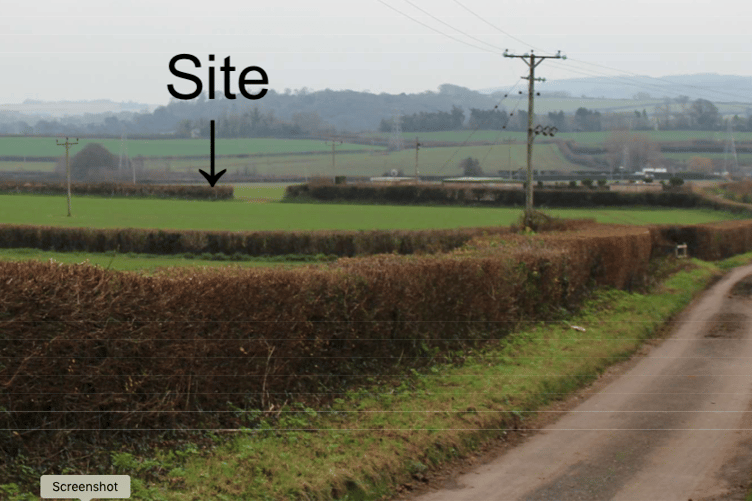A CONTROVERSIAL battery energy storage system near Williton has been approved by Somerset West and Taunton Council (SWT) planners.
The decision was taken despite objections from Williton parish councillors and more than a dozen local residents.
Conrad Energy (Developments) II Ltd, the UK’s largest flexible power producer, will have to remove the installation after a maximum of 40 years.
Planning officer Kieran Reeves said the energy storage plant would be in open countryside to the west of Williton and accessed via Smithyard Lane.
SWT councillors had deferred a decision last year and asked the company to try to find a better location close to the national electricity grid.
But Mr Reeves almost the entire district of West Somerset, other than settlements and protected areas such as Exmoor National Park and the Quantock Hills, was classed as ‘best and most versatile land’, so it was difficult to see where the development could be sited without the loss of high grade agricultural land.
Mr Reeves said current planning policies to protect the countryside did not apply to energy development.
He said: “There is a national drive towards renewable energy, but this would impact on the national grid as a result of the frequency volatility caused by such schemes.
“Historically, it has been proposed to manage this through the introduction of more nuclear power plants, but increasingly grid battery storage, such as the proposal, are being utilised for this purpose.”
Mr Reeves said despite local concern the Conrad application was not related to proposals for a solar farm to the east of the site.
Conrad has more than 600MW of generation across 45 plants in the UK and will now put 10 battery energy storage containers and associated buildings on a one-acre plot next to an existing gas distribution site in Smithyard Lane.
Planning consultant Nicholas Leaney, of Aardvark EM Ltd, Wiveliscombe, said the development would provide standby electricity storage capacity for the power network at peak times to avoid fluctuations and blackouts.
The storage units would be 10 feet high and look like a ‘ubiquitous profiled steel shipping container’.





Comments
This article has no comments yet. Be the first to leave a comment.